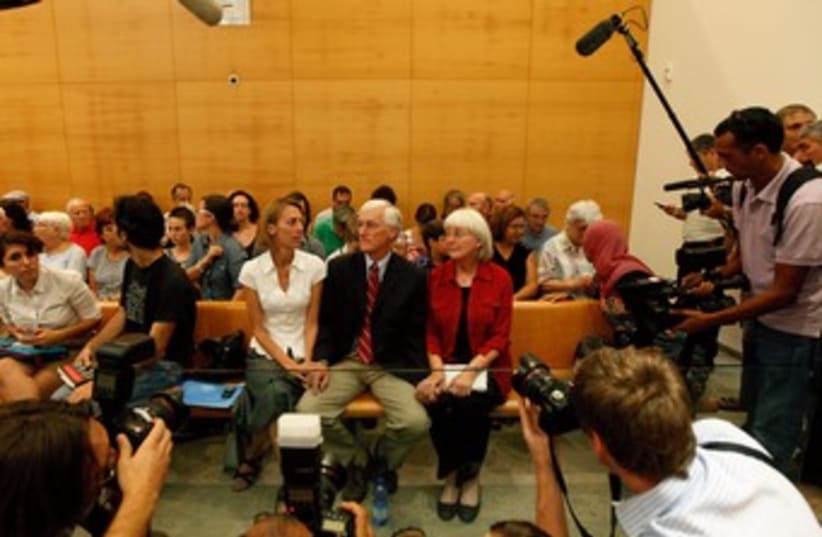The writer is the Legal Advisor of NGO Monitor, the Jerusalem-based research institution, and the author of NGO ‘Lawfare’: Exploitation of Courts in the Arab-Israeli Conflict.
The Corrie case: Reckless choices
The District Court in Haifa handed down its long-awaited verdict in the Rachel Corrie trial. The court found that Corrie’s own negligence led to her death.

The writer is the Legal Advisor of NGO Monitor, the Jerusalem-based research institution, and the author of NGO ‘Lawfare’: Exploitation of Courts in the Arab-Israeli Conflict.